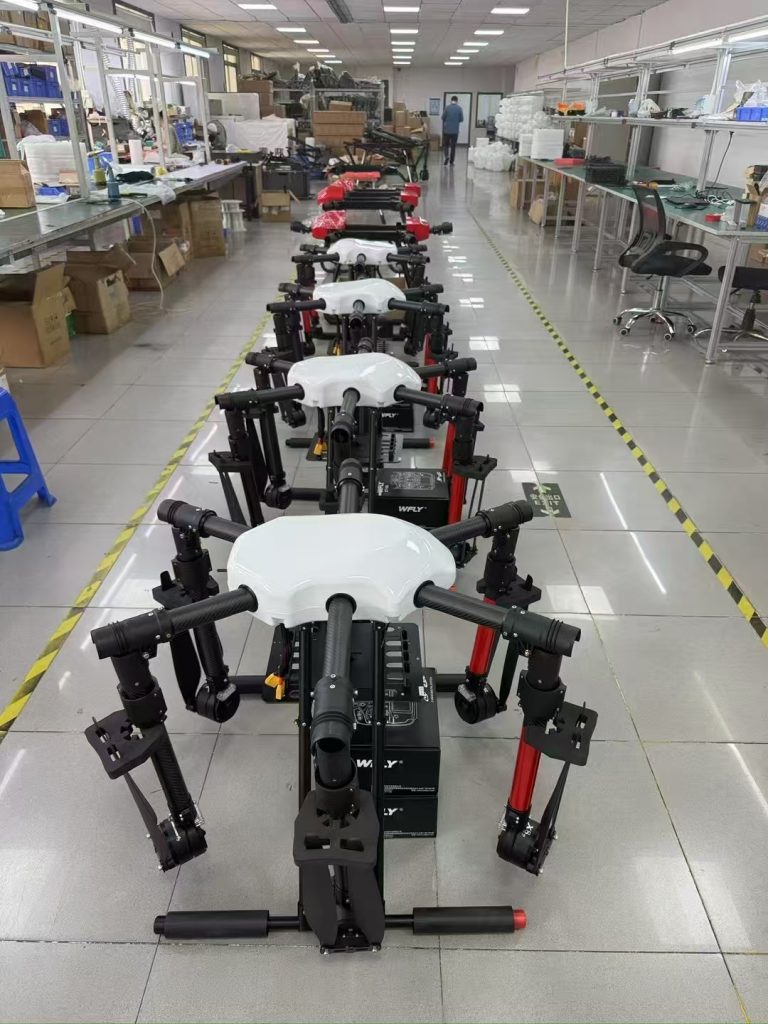
Nestled at the crossroads of Silk Road history and modern ambition, Uzbekistan is a nation where agriculture is both a cultural heirloom and an economic engine. As the world’s fifth-largest cotton exporter and a top producer of fruits like apricots and melons, farming employs over 28% of its workforce and contributes 18% to GDP. Yet, this fertile land faces urgent challenges: water scarcity, an aging farming population, and inefficient traditional practices that strain resources and limit growth. Enter Chinese agricultural drones—innovative tools engineered to thrive in Central Asia’s unique conditions—now transforming Uzbekistan’s agricultural landscape by delivering precision, efficiency, and hope for a more sustainable future.
Uzbekistan’s Agricultural Imperative: Balancing Tradition with Progress
Uzbekistan’s farming sector is rooted in centuries of expertise, but modern pressures are reshaping its priorities:
-
Water Stress: Cotton, the “white gold” of Uzbekistan, demands intensive irrigation. Over 90% of the country’s agriculture relies on the Amu Darya and Syr Darya rivers, which are shrinking due to climate change and over-extraction. Flood irrigation wastes up to 50% of water, threatening long-term sustainability.
-
Labor Shortages: With 60% of rural youth migrating to cities for better opportunities, aging farmers (many over 55) struggle to manage large plots manually. Tasks like pesticide spraying or crop monitoring, once handled communally, now fall to fewer hands.
-
Environmental Pressures: Overuse of chemical inputs has degraded soil quality and contaminated water sources, raising concerns about food safety and ecosystem health.
For farmers like Gulbahor, a 58-year-old cotton grower in Khorezm Province, these challenges are deeply personal. “My family has farmed here for generations,” she says. “But last year, water shortages cut our cotton yield by 20%, and I couldn’t find enough workers to spray the fields. Young people don’t want this life—it’s too hard, too unpredictable.”
Chinese Drones: Precision Tools for Central Asian Farms
Against this backdrop, Chinese agricultural drones have emerged as a tailored solution, designed to address Uzbekistan’s specific needs:
Built for the Region: Durability Meets Smart Tech
Chinese manufacturers have engineered drones to thrive in Uzbekistan’s climate and agricultural realities:
-
Water & Resource Efficiency: Equipped with micro-spraying nozzles and AI-driven flow sensors, these drones reduce water use by up to 60% compared to flood irrigation. They apply pesticides and fertilizers only where needed, targeting root zones and minimizing waste—a critical advantage in a water-scarce nation.
-
Climate Resilience: Reinforced frames, high-temperature batteries (operating up to 50°C), and sealed motors withstand Uzbekistan’s scorching summers and dusty conditions. Dust filters prevent clogging, ensuring consistent performance in remote fields.
-
Ease of Operation: Intuitive mobile apps and simplified controls let even non-technical farmers plan missions, monitor progress, and analyze crop health data. “I learned to fly the drone in three days,” says Shavkat, a young farmer in Tashkent Region. “It’s lighter than a tractor and faster than manual spraying—perfect for our small plots.”
Empowering Local Communities
Chinese exporters prioritize capacity building over quick sales. Training programs, led by Uzbek agronomists and Chinese technicians, teach farmers to pilot drones, perform basic repairs, and interpret crop health data. “We don’t just deliver machines—we invest in local expertise,” explains a trainer. “This ensures sustainability long after our support ends.”
From Wasteland to Prosperity: Early Wins in the Field
In Uzbekistan’s Fergana Valley, a hub for cotton and fruit farming, early adopters of Chinese drones are already reaping transformative results:
-
Water & Cost Savings: A 100-hectare cotton cooperative in Khorezm reduced irrigation water use by 55% while cutting labor costs by 70%. “We’re saving money and water—two things we can’t afford to waste,” says cooperative leader Rustam. “Our yields are up 15% this year, and the cotton is cleaner, with less chemical residue.”
-
Sustainability Gains: In Surkhandarya, where fruit orchards suffer from pest outbreaks, drones mapped infestations and applied targeted biopesticides. “Before, we lost 30% of our apricots to worms,” says fruit farmer Zulfiya. “Now, we save 90% of our crop—and our trees are healthier for it.”
-
Youth Returning to Farms: Twenty-five-year-old Farrukh, who left for Tashkent to work in construction, now operates drones for his family’s farm. “I earn more in a day than I did in a week mixing concrete,” he says. “Farming feels modern, profitable, and something I can pass on to my kids.”
Beyond Yields: Cultivating a Culture of Innovation
The impact of Chinese drones extends far beyond crop numbers. By reducing water use and chemical runoff, they’re helping Uzbekistan meet its national goal of cutting agricultural water consumption by 30% by 2030. Locally, drones are inspiring a new generation of tech-savvy farmers who see agriculture as innovative, not archaic.
“Agriculture is the soul of Uzbekistan,” says Dr. Farhad Abdullaev, a rural development expert at Tashkent State Agrarian University. “Drones aren’t just tools—they’re symbols of progress. They show our farmers that tradition and technology can coexist to nourish our land and our future.”
A Partnership for the Long Haul
For China’s drone industry, exporting to Uzbekistan is about more than trade—it’s solidarity with a nation striving for sustainable growth. By providing affordable, rugged technology and investing in local expertise, Chinese manufacturers are helping Uzbek farmers transform their relationship with water, land, and their own potential.
As Uzbekistan aims to boost agricultural exports by 25% by 2030, drones will play a pivotal role. Future applications could include planting drought-resistant seeds in reclaimed desert land, monitoring soil moisture to optimize irrigation, and using drone data to attract climate-smart investors. With continued support, Uzbek farmers won’t just survive—they’ll thrive, leading the way in Central Asian agriculture.
In a country where the Silk Road once connected civilizations, Chinese agricultural drones are now bridging the past and future. For farmers like Gulbahor, Shavkat, and Farrukh, the sky is no longer the limit—it’s a partner in growing a better tomorrow, one precise, sustainable spray at a time.
This article highlights how Chinese agricultural drones address Uzbekistan’s unique challenges—water scarcity, labor shortages, and environmental pressures—while emphasizing adaptability, local empowerment, and sustainable progress. It avoids specific company names, focusing on technology’s role in revitalizing a vital sector.
THE END

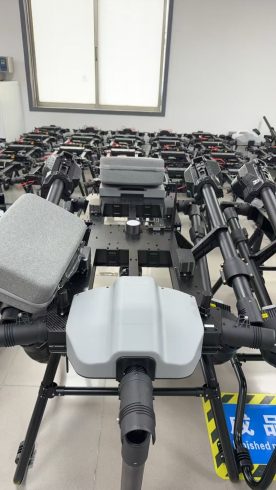
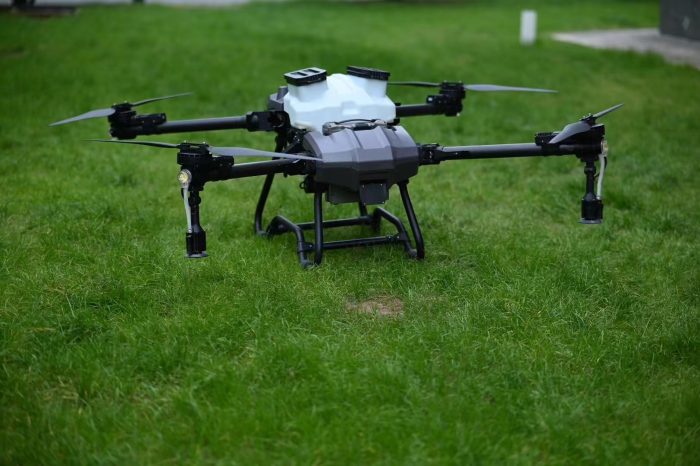

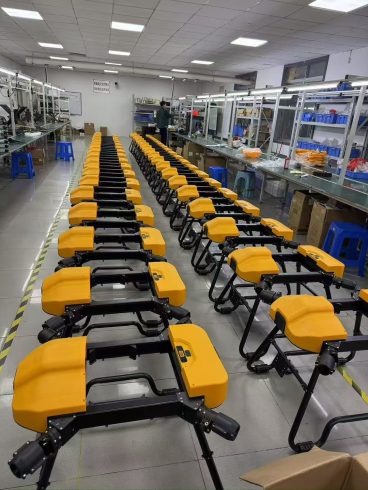
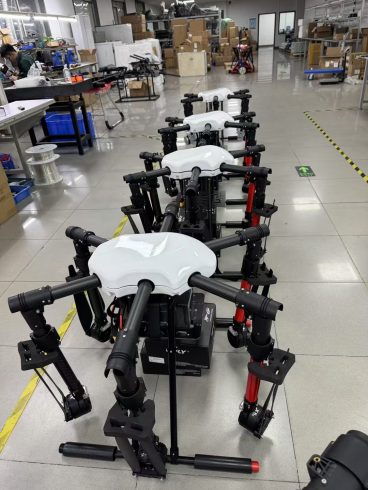

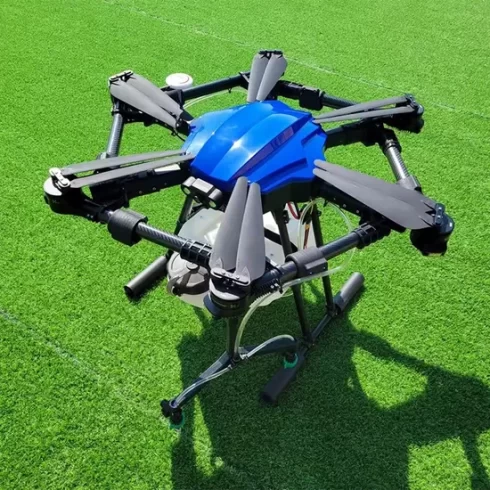


暂无评论内容